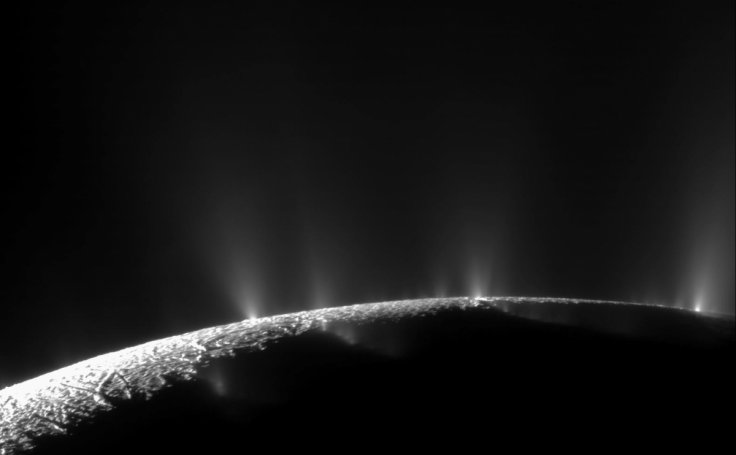
The conditions at Enceladus appear right for supporting life, Cassini Project Scientist Linda Spilker said here on Thursday while hinting at a possible future mission to go back to the Saturn moon.
"Personally, I would like to go back to Saturn," Spilker said at the annual World Economic Forum (WEF) here.
Addressing a session on "Postcards from Saturn", Spilker said that a future mission to Saturn will depend on international collaboration and that it could take at least 10 years for such a mission to launch.
NASA's Cassini spacecraft made a fateful plunge into the atmosphere of Saturn on September 15, 2017, ending its 13-year tour of the ringed planet.
Using data from the Cassini mission, scientists found that a global ocean lies beneath the icy crust of the geologically active moon.
The unfolding story of Enceladus has been one of the great triumphs of Cassini's long mission at Saturn.
Scientists first detected signs of the moon's icy plume in early 2005 and followed up with a series of discoveries about the material gushing from warm fractures near its south pole.
They announced strong evidence for a regional sea in 2014, and more recently, in 2015, they shared results that suggest hydrothermal activity is taking place on the ocean floor.
NASA believes that with its global ocean, unique chemistry and internal heat, Enceladus has become a promising lead in the search for worlds where life could exist.
Spilker said that the discoveries that Cassini made about Enceladus made a paradigm change in how scientists approached the search for alien life.
Before Cassini, scientists thought that the planets were the best places to look for signs of life. But Cassini had shown that certain moons could be candidates for such search, Spilker said.









